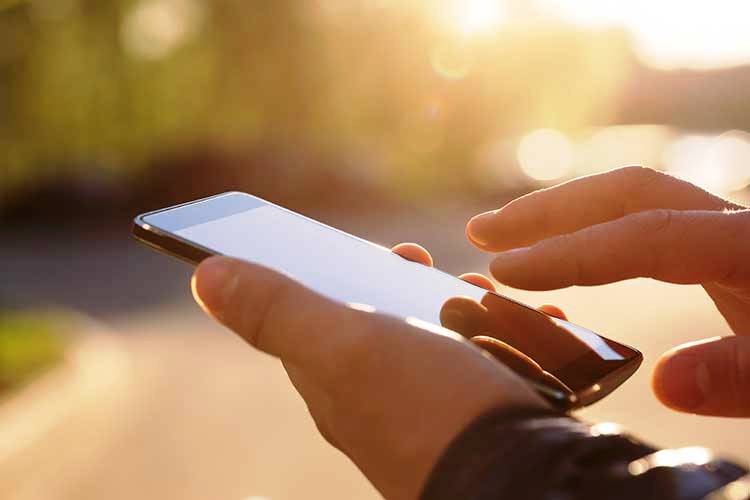Choosing between a cellphone and a smartphone can be an exhausting decision-making process. With so many options and techy-exclusive language, navigating the mobile phone market can be daunting. For seniors who want to bypass the gizmos and gadgets characteristic of a smartphone, consider Lively flip phones, complete with a no-nonsense interface, an emergency alert system, and a simple network plan in one. Those seniors looking to use their phones for more than texts and calls (and keep up with their tech-savvy grandchildren simultaneously) should consider the smartphone options below.
Motorola Moto G7 Power
Motorola is known for making quality phones at reasonable prices, and the Moto 67 Power doesn’t disappoint. With one of the longest-lasting batteries on the market, you don’t have to worry about your phone dying when you need it most. It also has a large display (6.2-inch display) and is hearing-aid compatible. And because it runs on an Android Operating System, accessibility settings like large text and reduced screen motions are built into the phone.
Samsung Galaxy Note 8
The Samsung Galaxy also runs on the Android Operating System, so it has all the accessibility settings you need. It is loaded with a high-resolution screen that wraps around the edges of the phone itself. While accessibility on the Android OS is a given, this phone shines when you use the built-in Stylus Pen. The S-Pen writes on the screen like a pad of paper and can even recognize handwriting and turn it into text. Plus, it has a built-in fingerprint scanner, so no more fiddling with PINs and access codes.
Google Pixel XL
Another smartphone that runs on the Android OS, the Google Pixel XL, has one of the highest pixel counts of any screen on the market. High pixel count means that even the smallest images appear clear, and lines are sharpened to accommodate fading eyesight. It also has both rear-facing and front-facing cameras, so you can take pictures and video chat with friends and family on a crystal clear display.
Jitterbug Smart 2
The Jitterbug Smart 2 is a smartphone made for seniors exclusively. Instead of using accessibility shortcuts to make a smartphone work for you, this phone was made with seniors in mind. It has a bright, high-resolution screen and an easy-to-use menu. You can talk-to-type, so no more jabbing at a touch screen to send a text. Plus, it comes loaded with a reliable Urgent Care feature. If you need help, you can be in contact with emergency services with one click of a button. The Jitterbug Smart 2 is an easy-to-use smartphone that puts security in your pocket.
Asus ZenFone 3 Zoom
The Asus ZenFone 3 Zoom was made for the photographer senior. While it still has a relatively simple user interface and accessibility shortcuts, the camera is fully-loaded with two lenses for quality pictures. With a wide lens and an optical zoom lens, you can take photos anytime– even in low light. Learning how to take great pics on this phone is a breeze. Its battery is also a great asset because it can last for up to two days on a single charge.
iPhone SE
The iPhone SE is the phone even your tech-savvy grandkids will covet. As a bonus, the iPhone SE is an affordable choice for those blue-haired folks longing for the unbeatable features of an Apple iPhone.
The Apple Operating System, nicknamed iOS, is also famously intuitive. Its accessibility settings make it easy for anyone to use. The iPhone SE is fully accessible and fully customizable. Try these tips for making your iPhone unique and keeping your most-used apps right at your fingertips.
Final Thoughts
Smartphones don’t have to be inaccessible. Android and Apple both have built-in accessibility settings in their operating systems, so any phone running their software can become senior-friendly. Large text, a brighter display, speak-to-text, and many other features make your smartphone intuitive and easy to use.

